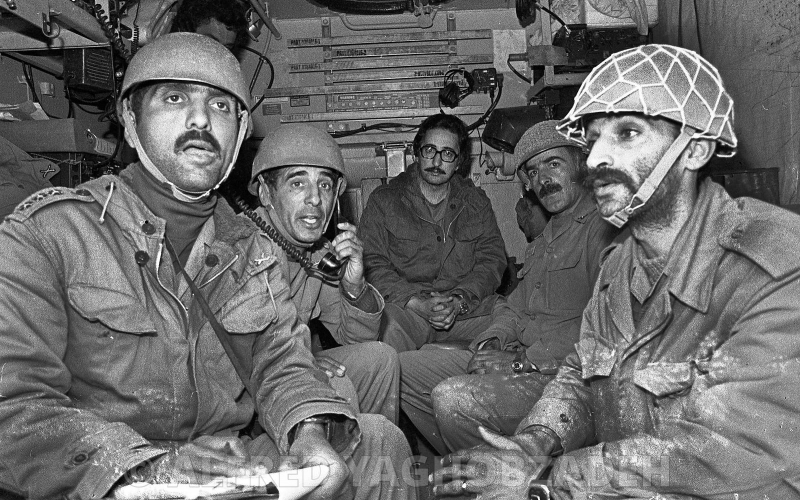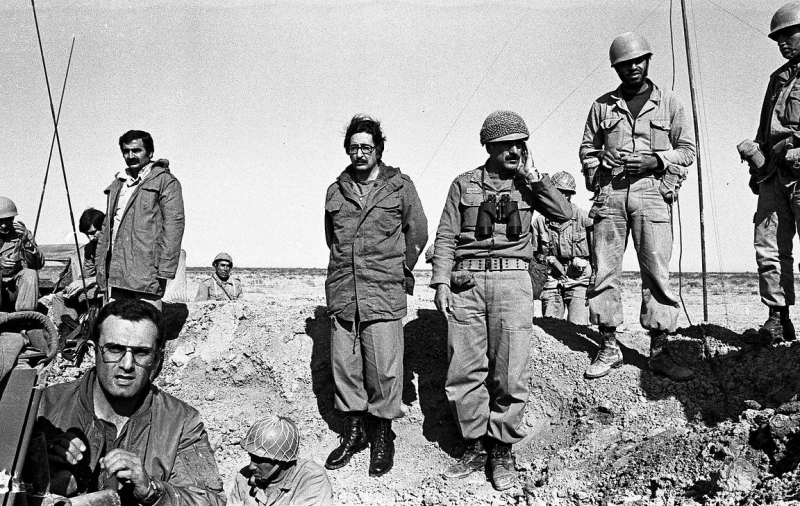Iran-Iraq War
On September 22, 1980, Iraqi forces launched a full-scale invasion of Iran, starting a war that would be characterized by extensive use of violence against people and brutal killing techniques such chemical strikes. The Iran-Iraq war, which lasted almost eight years until a cease-fire in 1988 (though an official peace deal wasn't signed until August 16, 1990), was undoubtedly one of the longest confrontations of the 20th century.
Even while the conflict is largely forgotten outside of the immediate regions in which it was fought, it would have a significant impact on geopolitics in the Middle East and elsewhere. Both on the battlefield against Iranian soldiers and against civilians, Iraq made disproportionate use of its chemical weaponry. In March 1988, a large chemical strike in the Kurdish-Iraqi town of Halabja resulted in the deaths of between 3,000 and 5,000 people. This brutality was also directed against the Kurdish fighters inside Iraq.
Date: 22 September 1980 – 20 August 1988(7 years, 10 months, 4 weeks and 1 day)
Location: Iran, Iraq, Persian Gulf
Result: Stalemate; both sides claim victory
- Iraqi failure to capture Iranian territories and bolster Arab separatism in Iran's Khuzestan Province
- Iranian failure to topple Saddam Hussein and destroy Iraqi military power as well as inspire sectarian divide in Iraq
- United Nations Security Council Resolution 598 cease-fire
Territorial changes: No territorial changes; observed by United Nations Iran–Iraq Military Observer Group as per United Nations Security Council Resolution 619












